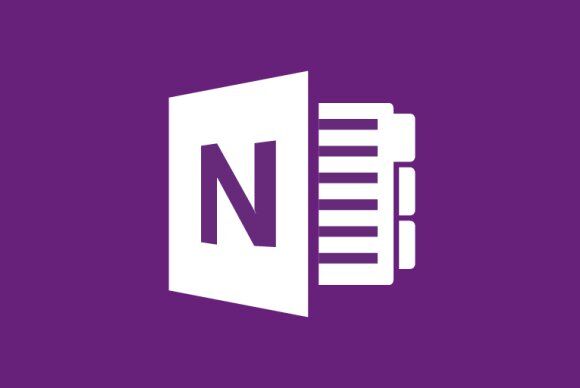In this article
Microsoft’s note-taking tool is the perfect way to stay on top of important projects, while ensuring all your documentation is stored safe and sound.
Most technologies have their day and are then surpassed by something better, whether it’s the typewriter stepping aside for the personal computer, or the horse and cart giving way to the car.
Despite the march of progress, the humble paper and pen have lasted the test of time. Admittedly, sometimes they’re still the best tool for the job, but if you’re scribbling down important business notes then it’s worth considering the advantages of moving with the times.
While it’s easy to write on paper, once that information is on the page it becomes cumbersome to store, index, search, share and protect. The beauty of note-taking apps like OneNote, which work with a stylus or active digitiser, is that you can stick with handwriting, writing on your touchscreen device and relying on the handwriting recognition to convert your scrawl into text. You can also sketch ideas, attach documents, link to web pages and even embed multimedia into your notes.
That’s all quite useful, but the real power of OneNote is what happens next. Those important notes and the attached materials are automatically backed up to the cloud for safekeeping, plus they’re synced across your devices so that information is always at your fingertips. OneNote works with computers, tablets and smartphones – Apple, Android and Windows Phone – making it perfect for people who tend to jump between devices during the day depending on which is the best tool for the job at hand.
OneNote lets you divide your notes into notebooks and sections, making it easy to work on multiple projects simultaneously without mixing everything up. All your notes are searchable, plus you can add tags, making it easy to find that crucial piece of information months or years later rather than flicking back through a pile of dog-eared paper notebooks.
Another advantage of OneNote is that it’s tightly integrated into the rest of Microsoft’s extensive productivity ecosystem. For example, you can link notes to calendar appointments, which is incredibly useful when it comes to organising meetings and keeping all your notes in order. You can even choose to automatically share those notes with meeting attendees.
OneNote is also a powerful research tool, with the ability to clip content from the web browser and then edit, annotate and share that clipping. You might think of it like a scrapbook where you paste all those important nuggets of information, except that like everything else in OneNote it’s easy to find them again when you need them.
Of course, there are plenty of note-taking apps and services, but before you take the plunge, it’s important to consider the big picture and how the app and its ecosystem will fit into the way you do business. Rather than opting for something that’s tied to a particular device or platform, consider whether the power and flexibility of OneNote makes it the best fit for your needs.



